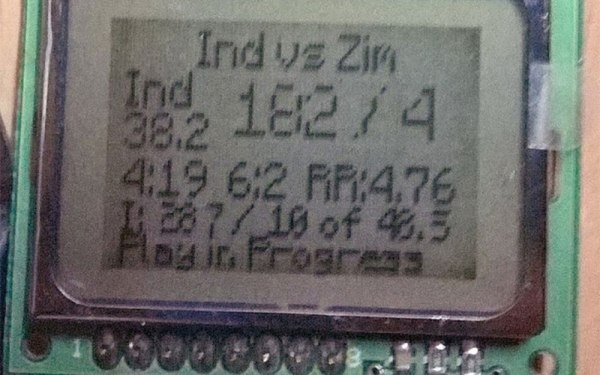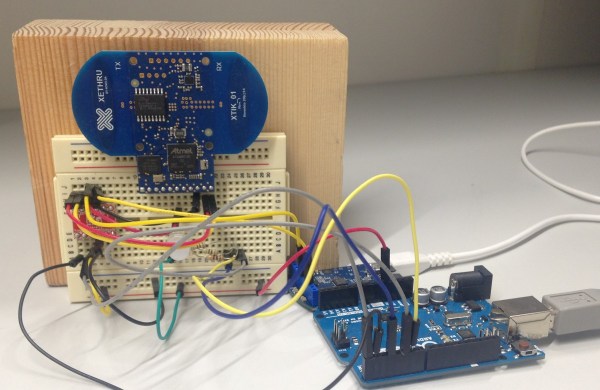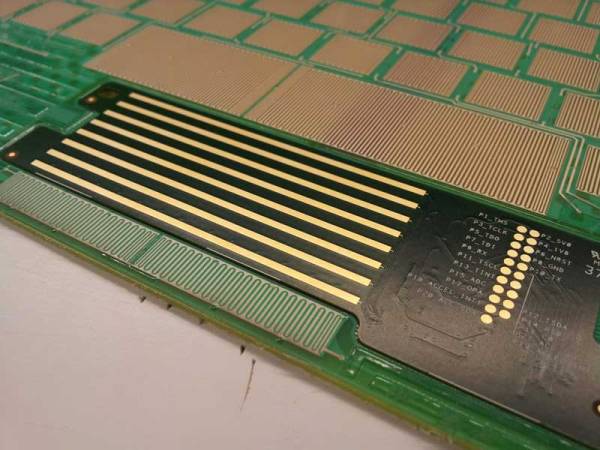[Rohit Gupta] was looking for a stealthy way to keep up with the scores for his favorite game: cricket. Unfortunately, his office blocked access to most sites where he could watch the game, so he came up with a covert way to track the score on a small LCD screen. Using a Raspberry Pi and the web scraping program BeautifulSoup, he wrote a program that grabbed the score once a minute, and displayed it on a screen salvaged from a Nokia 5510 cell phone, driven through the Adafruit 5510 Python display library. Web scraping is a technique where a program grabs a web page, scrapes all of the content off it and processes it so only the data that is needed remains.
[Rohit] doesn’t name the web site that he scraped the score from, but there are two good reasons for that. Firstly, this hack relies on his office not blocking it, and secondly, many web sites frown on web scraping like this, as doing it too often can overload their servers, and you obviously don’t see the ads that the site is running. So, it is a technique that should be used with some caution. That aside, this is a great example of a stealthy way to display information that you want to track, but without obnoxious (and obvious) alerts popping up on screen. And, given that cricket games can often go on for several days, that’s a good way to keep track of the game you love and keep your job.
Need a little primer on web scraping? Check out this guide.

















